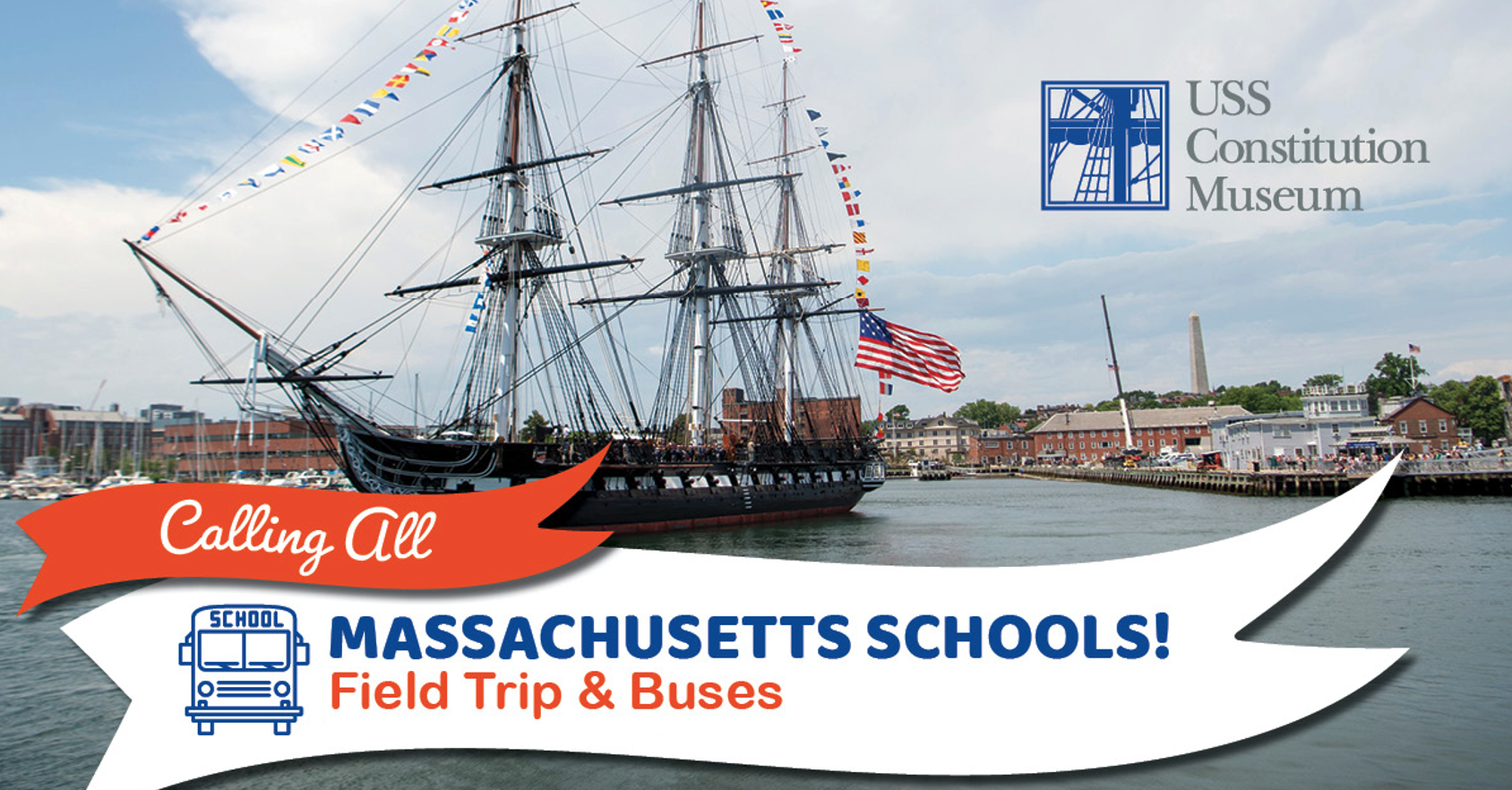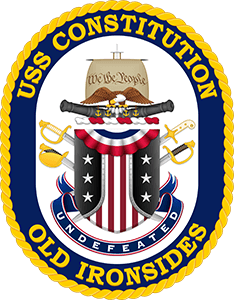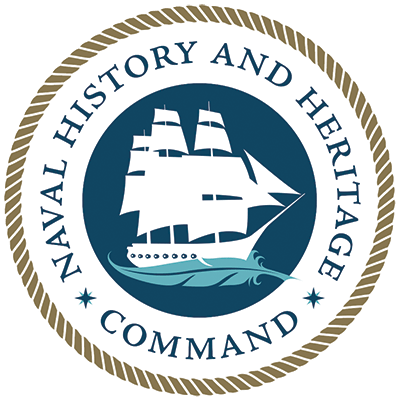SHIP:
10:00 am - 6:00 pm
HOURS
| Mon. | Closed |
|---|---|
| Tue. | 10:00 am – 6:00 pm |
| Wed. | 10:00 am – 6:00 pm |
| Thu. | 10:00 am – 6:00 pm |
| Fri. | 10:00 am – 6:00 pm |
| Sat. | 10:00 am – 6:00 pm |
| Sun. | 10:00 am – 6:00 pm |
MUSEUM:
9:30 am - 5:00 pm
HOURS
| Mon. | 9:30 am – 5:00 pm |
|---|---|
| Tue. | 9:30 am – 5:00 pm |
| Wed. | 9:30 am – 5:00 pm |
| Thu. | 9:30 am – 5:00 pm |
| Fri. | 9:30 am – 5:00 pm |
| Sat. | 9:30 am – 5:00 pm |
| Sun. | 9:30 am – 5:00 pm |
- Visit
-
Discover + Learn
- History
- Major Events
- Ship Facts
- Ship Timeline
- Ship's Crew
- 1812 Cruises
- Publications
- Videos
- Collection
- Explore the Collection
- Research Library
- Image Licensing
- Fun + Games
- Online Games, apps, and downloads!
- Blog
- The Captain’s Clerk
- Educator Resources
- Modeler Resources
- Museum + Library Professionals
- Join the Crew! - Online Exhibit
- About
- Give
SHIP:
10:00 am - 6:00 pm
HOURS
| Mon. | Closed |
|---|---|
| Tue. | 10:00 am – 6:00 pm |
| Wed. | 10:00 am – 6:00 pm |
| Thu. | 10:00 am – 6:00 pm |
| Fri. | 10:00 am – 6:00 pm |
| Sat. | 10:00 am – 6:00 pm |
| Sun. | 10:00 am – 6:00 pm |
MUSEUM:
9:30 am - 5:00 pm
HOURS
| Mon. | 9:30 am – 5:00 pm |
|---|---|
| Tue. | 9:30 am – 5:00 pm |
| Wed. | 9:30 am – 5:00 pm |
| Thu. | 9:30 am – 5:00 pm |
| Fri. | 9:30 am – 5:00 pm |
| Sat. | 9:30 am – 5:00 pm |
| Sun. | 9:30 am – 5:00 pm |
Helpful Links
Newsletter Signup
Search:
Ways to support us
* The USS Constitution Museum is a 501(c)(3) non-profit museum.





![Did you know that the Museum is housed in Charlestown Navy Yard’s “Building 22,” the Pump House for Dry Dock 1? Also called the “Engine House,” the building opened in 1833 to drain the water from the dock to enable repairs to USS Constitution. Once the ship was in place and a wooden caisson sealed off the dock from Boston Harbor, the Pump Houses giant steam pumps worked for six hours to drain the water and make the ship’s hull accessible for repairs. By the time USS Constitution entered Dry Dock 1 again, the pumping mechanism had been relocated and Building 22 was now the offices of the restoration supervisor and his staff. Today, visitors entering the Museum walk directly over the location of the original pump wells that first drained the dry dock for Constitution. #Preservation
📷 “Elevations and Sections of Building 22”, May 1872. [Courtesy Boston National Historical Park/National Park Service, BOSTS-13373.]](https://scontent-iad3-1.xx.fbcdn.net/v/t39.30808-6/440572088_832789648883202_2492358950390952320_n.jpg?_nc_cat=109&ccb=1-7&_nc_sid=5f2048&_nc_ohc=gSd5sAZGi1AQ7kNvgH7sIss&_nc_ht=scontent-iad3-1.xx&cb_e2o_trans=t&edm=AKIiGfEEAAAA&oh=00_AfChnS3_T98QcYHGLDYNT075opBCwATGkcFMM1-A94IfXg&oe=6639CB00)



